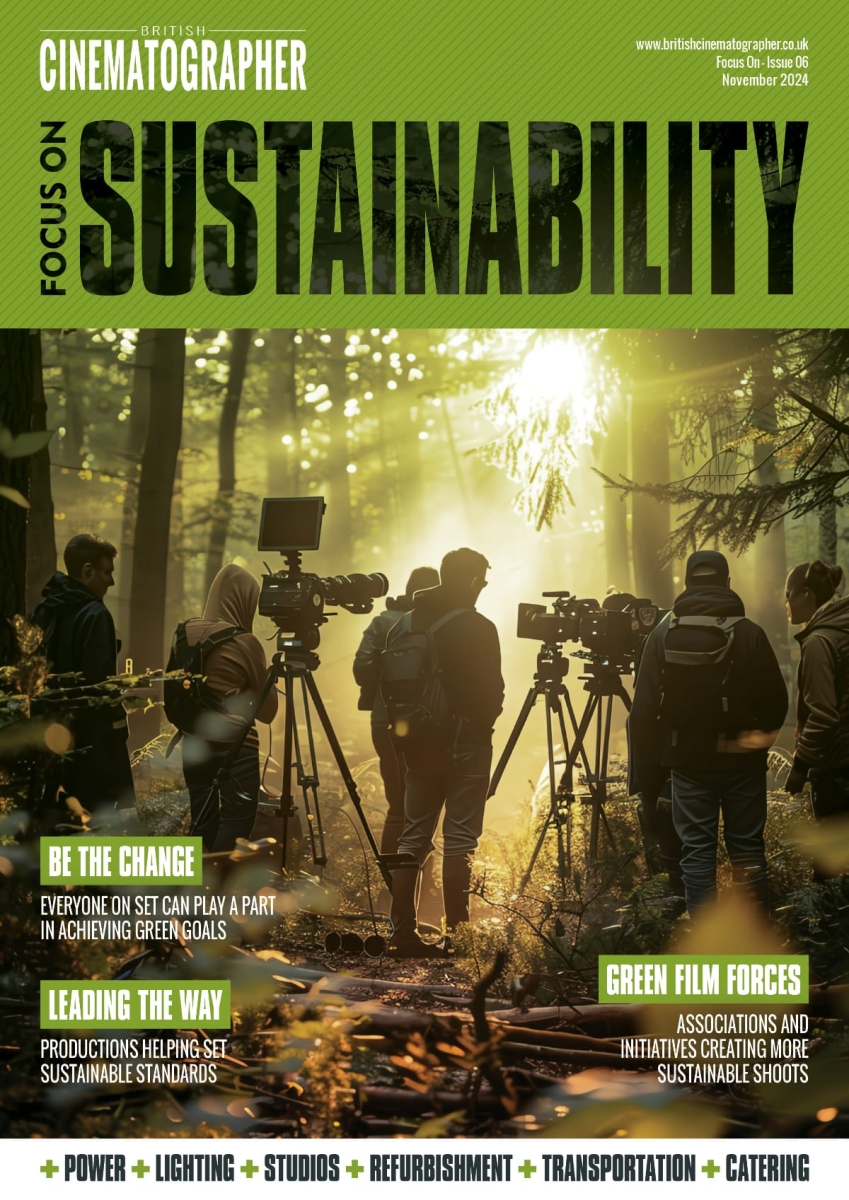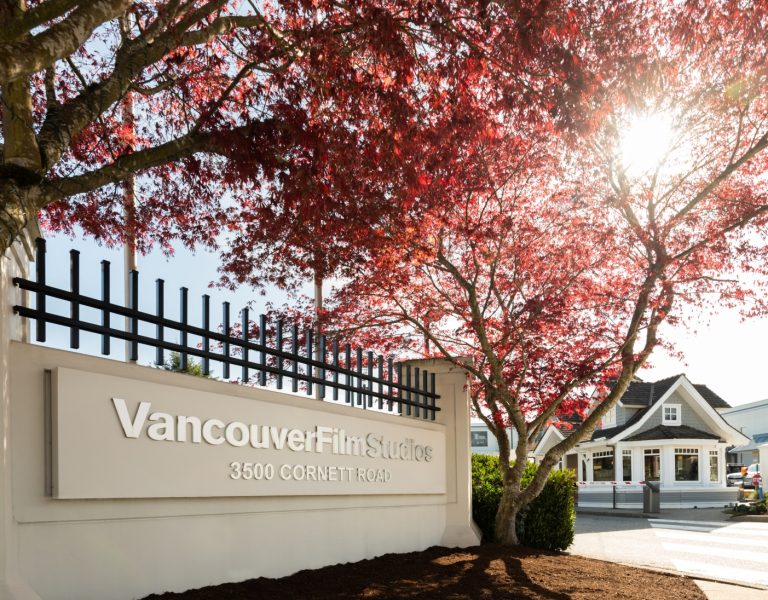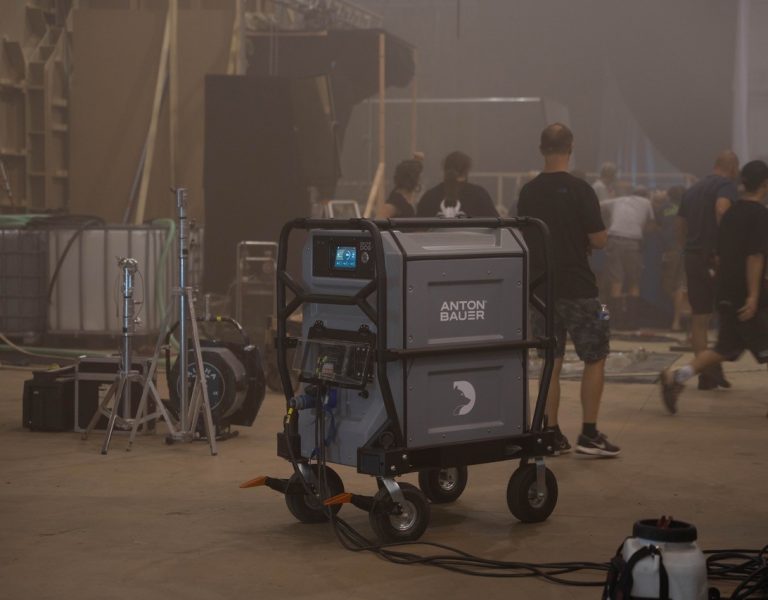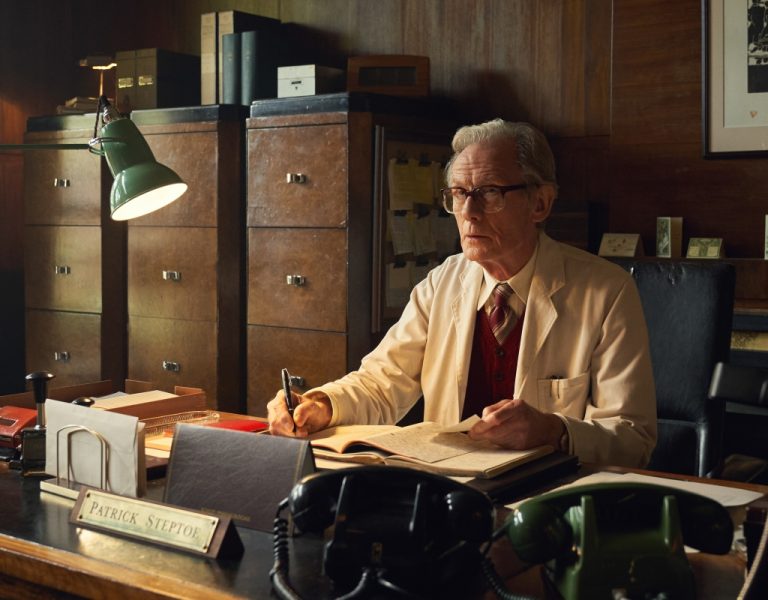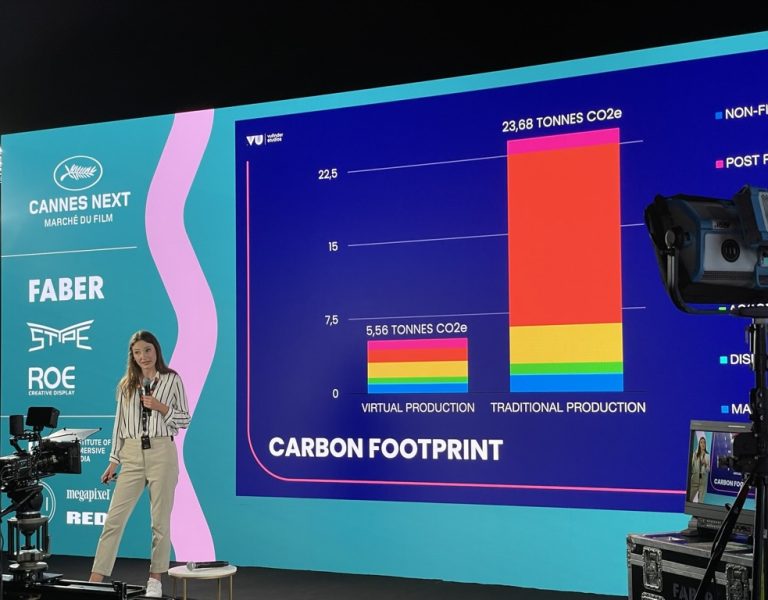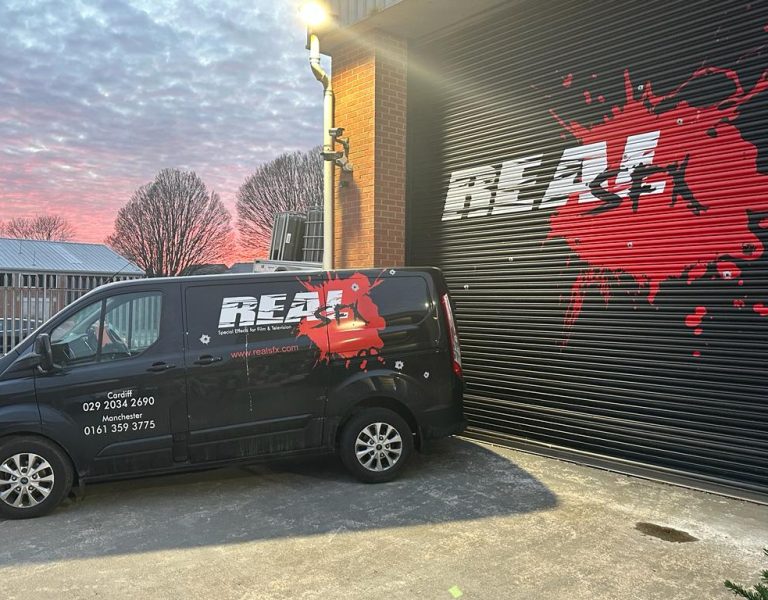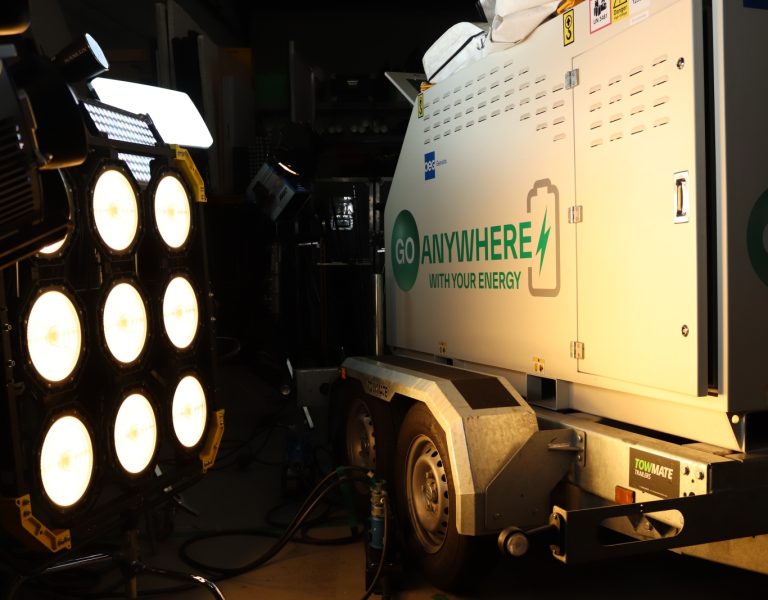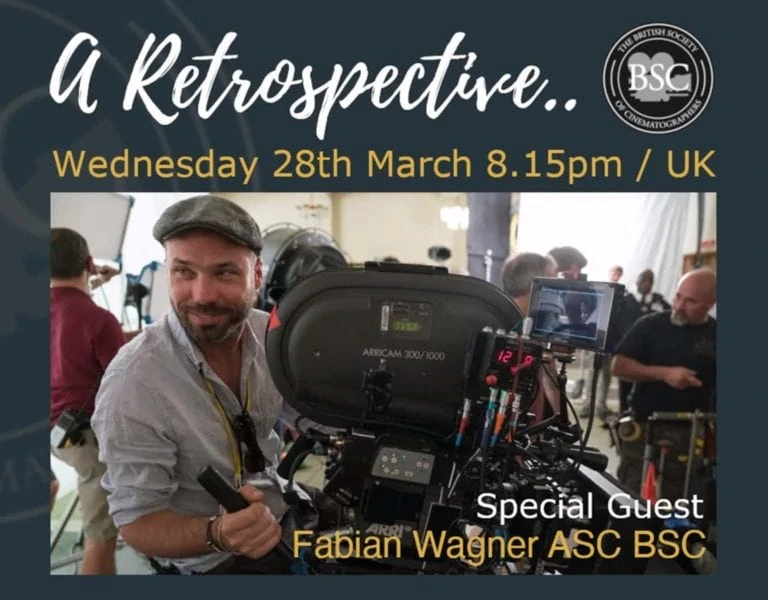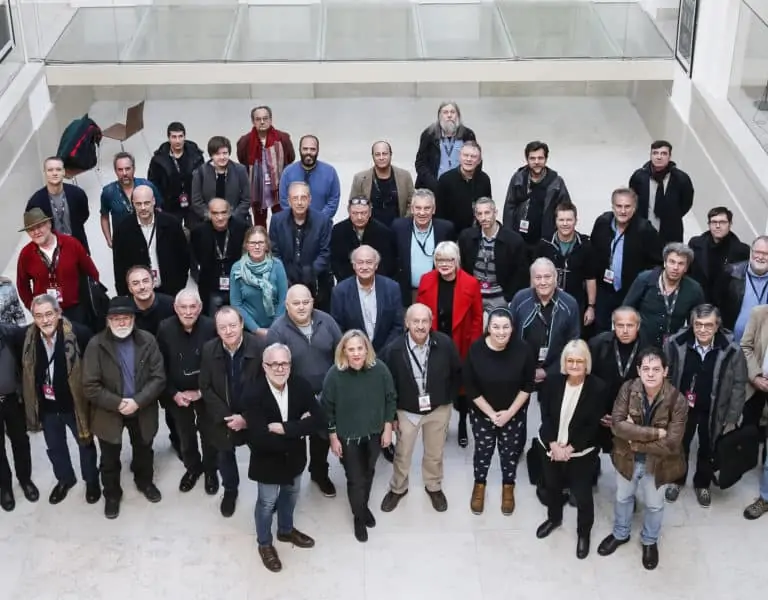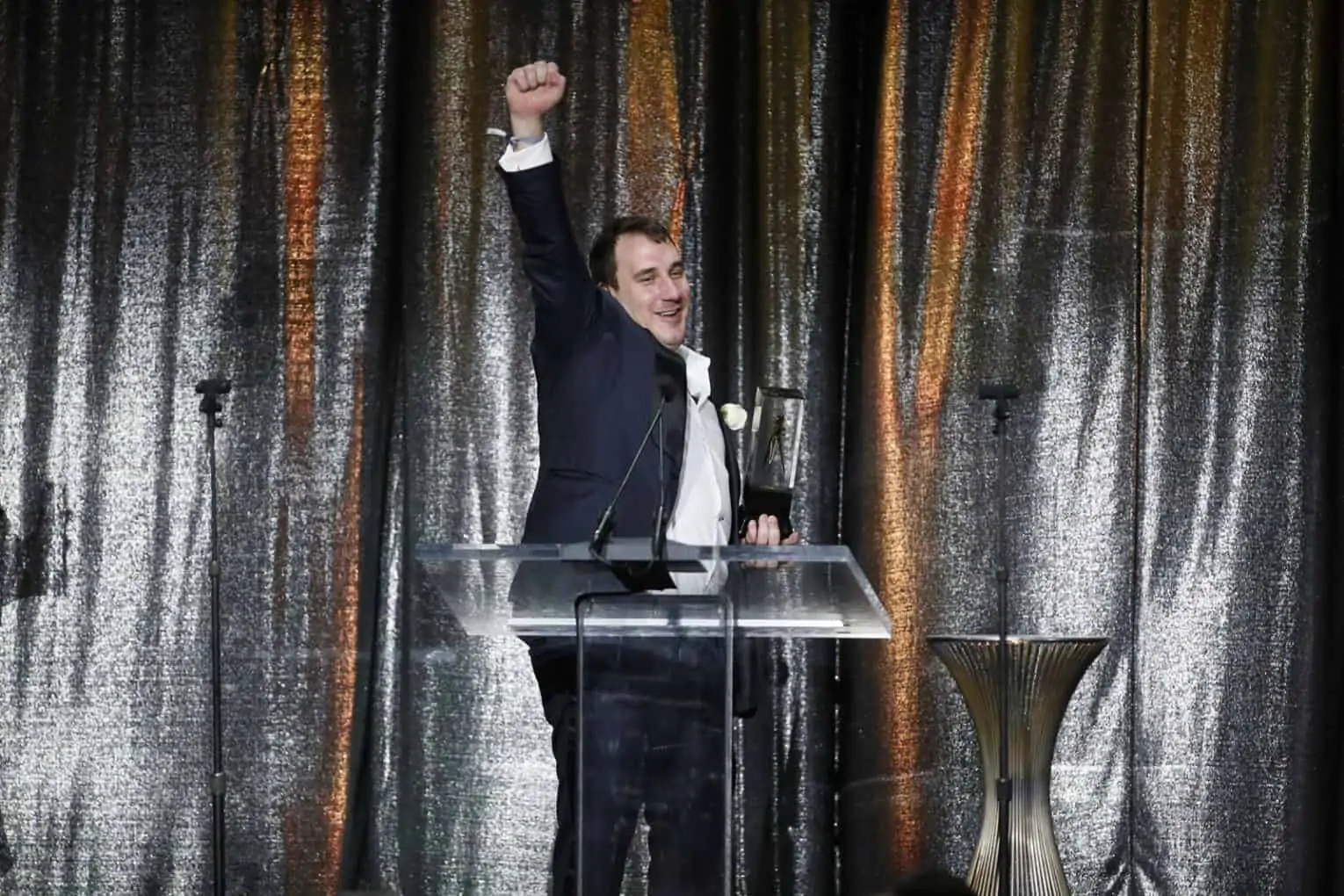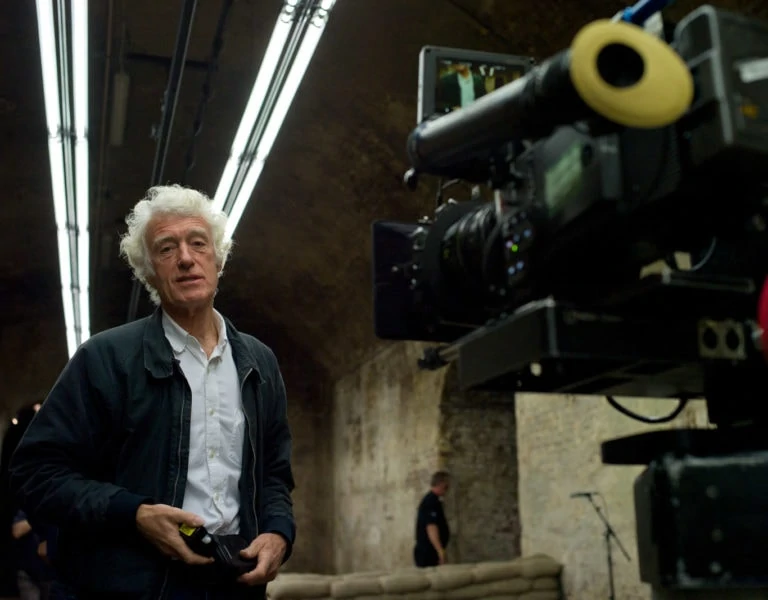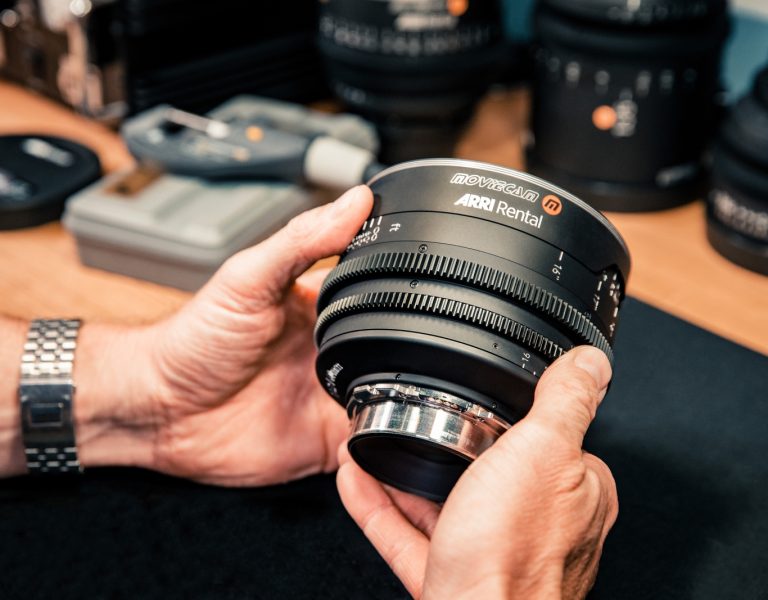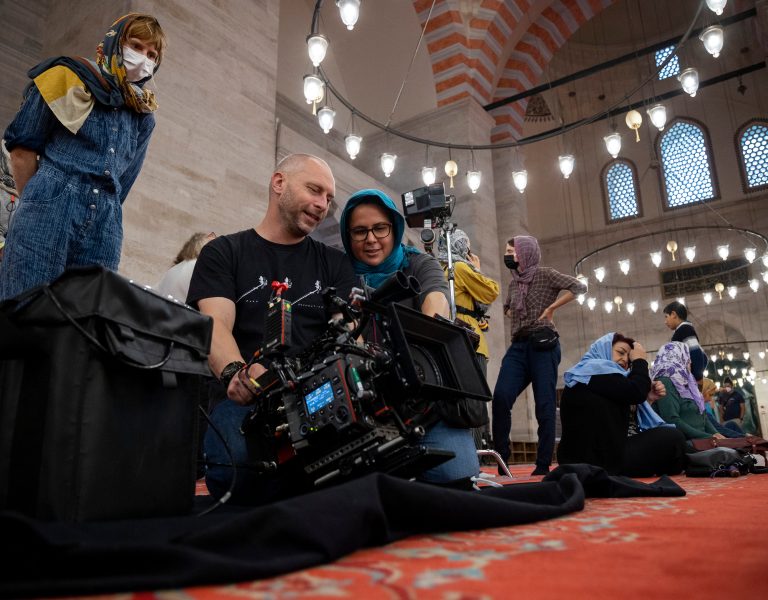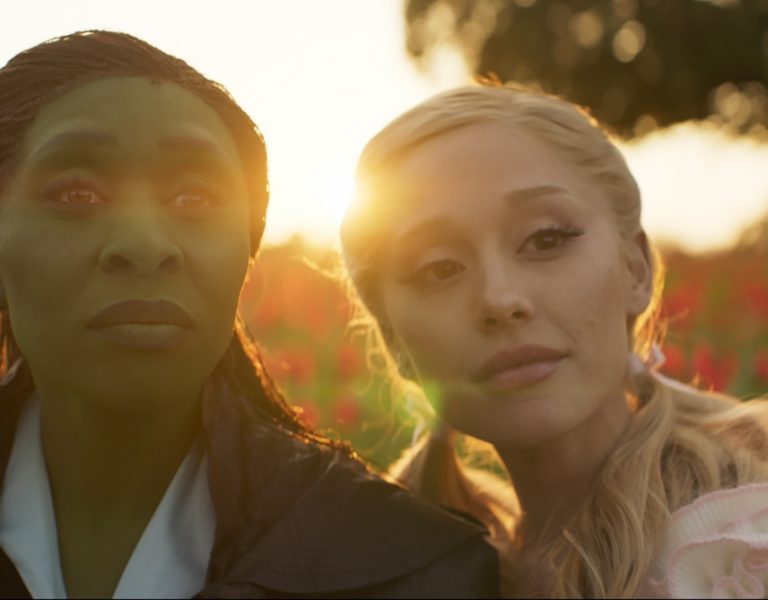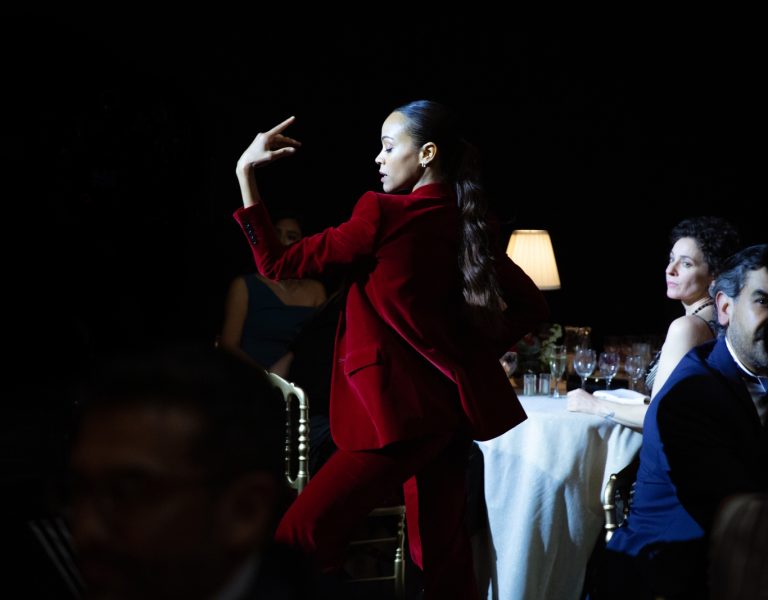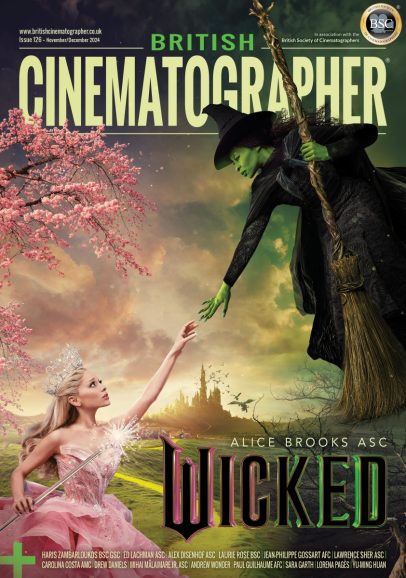Home » Features » Opinion » IMAGO News »
SUPPORTING DIVERSITY AND INCLUSION
Members across various cinematography organisations came together in December at EnergaCamerimage to inspire, motivate and encourage collaboration on strategies for addressing marginalisation and discrimination in the film industry.
nergaCAMERIMAGE festival’s Diversity and Inclusion panel brought together the IMAGO Diversity and Inclusion Committee, ASC Vision Committee, AFI, BSC, illuminatrix, ACS, Women in Media, Digital Orchard Foundation, and others to discuss the successes and challenges in making cinematography more diverse and inclusive. The event was aimed at gathering practical examples, evidence, insights, and tools that could help and inspire concrete actions to change the status quo.
The discussion covered several topics and issues, providing both audience members and panellists a forum to share their thoughts, experiences, and ideas for driving change in the cinematography community.
President of the ASC and Head of AFI Cinematography Stephen Lighthill opened with an important reflection on the tragic death of Halyna Hutchins. He stressed the need for a community conversation amongst filmmakers on working conditions and safety on set.
Picking up on Stephen’s comments, cinematographer Sandra Valde-Hansen, who also teaches at the AFI stated that educators have a responsibility to teach and empower future cinematographers to think about the people involved. She also spoke about the hiring power of cinematographers and to “make your sets look like what the world looks like.”
Justine Kerrigan ACS Chair of Diversity, Inclusion & Reconciliation Committee, talked the audience through an Australian camera workforce study, conducted by a research team at Deakin University, and commissioned by the ACS.
Most of the results that Justine shared spotlighted glaring problems with diversity and discrimination. The data also reveals how racism, sexism and homophobia is not seen as an issue by the dominant majority in the camera department.
Most respondents reported to have neither experienced nor witnessed discriminatory behaviour, but they would report it if they did. Yet, those from equity seeking groups responded in high numbers to have both experienced and witnessed sexism, racism, and homophobia within the camera department. These respondents were less likely to report such behaviours due to fear of backlash.
Preliminary results of the gender data that Justine shared also showed the need for change and awareness. In an eye-opening chart showing career trajectories of men and women through the camera ranks, there was a significant drop off in female identifying crew members after the 2nd AC level. And by the time crew members get to the top position, males represent over 80% of DPs, while females are only at 9%.
The complete census results will be published in the first of half 2022 by the ACS and should prove to be an interesting and sobering read for British Cinematographer readers, cinematographers, and crew members worldwide.
1st AC Hilda Sealy GBCT – who is a member of the BSC Diversity & Inclusion Committee – inspired everyone with her frank and open account of the duality of minority – being a camera technician who is a Black woman – who had at times felt a loneliness and isolation on set that was not often recognised. She discussed why it is imperative to share experiences, challenges, and responsibilities; this was an important concept when working through pregnancy and early motherhood, when Hilda managed a successful job share with another 1st AC, a father who wanted flexibility. This story should encourage all crew members to look for ways that they too can make the industry more child and family friendly.
Cinematographers Tommy Maddox-Upshaw ASC and Yinka Edward, both men of colour, shared opinions of how the decisions of HODs can create change. Tommy reminded everyone of the importance of being vocal about requiring that diverse crew lists are put forward for jobs. He also highlighted that coded language is still used to isolate people and create barriers for talented crew on productions. Tommy emphasised that it is important to be proactive in finding crew, and to support those who are moving forward in their careers via non-traditional routes.
One film student in the audience asked how young cinematographers can put this hiring power in practice, as they may not yet be in a position to hire. Tommy brought up an example discussing how even on student productions it’s possible to look for the people who can typically be overlooked for key positions, like gaffer or camera assistant. Change can start from the very first steps into the film industry.
Yinka Edward discussed the ‘test of trust’ on a film set that people are expected to pass, and the need to not pretend that discrimination and tokenism isn’t happening. Echoing Tommy’s comments, Yinka urged heads of departments to make a conscious and deliberate effort to go out of their way to create as mixed a crew as possible.
The Executive Director of “Women in Media”, Tema Staig shared their ambition for 40% to 60% women and gender non-conforming people in every crew. The #ParityInAction pledge encourages productions to pledge parity across all departments. Upon providing evidential documentation to their achievement, the productions will receive recognition in the form of the Women in Media “#ParityInAction” badge that they can display in their credits.
Tema made the point that organisations who are not reaching parity need to make drastic change to welcome in large numbers of those who are underrepresented. An example from Europe was added during the discussion, showing that the EU co-production funded films will have to meet the diversity rules that are currently laid out across all EU funding schemes.
Kate Rolfe, head of Digital Orchard Foundation stressed the need for everyone to educate themselves on the issues, and for the industry to approach this with the same commitment and budget as they approached getting the industry back on its feet after COVID, with a comprehensive approach to inclusivity and equity.
Cynthia Pusheck ASC and Co-Chair of the ASC Vision Committee concluded with encouraging those facing barriers to build a support network and to find others, their “allies” who can be there for them both personally and professionally. She highlighted that it is especially important when outdated, inappropriate behaviour or language is used by the those ‘in charge’, and how we all need to speak out against this wherever it happens.
What was said on the panel was also mirrored by the statement from Camerimage Main Competition Jury which called for an affirmative action to make sure the competition programme of the biggest and most internationally influential cinematographers’ film festival shows the full spectrum of diverse cinematography that is coming out all over the world.




